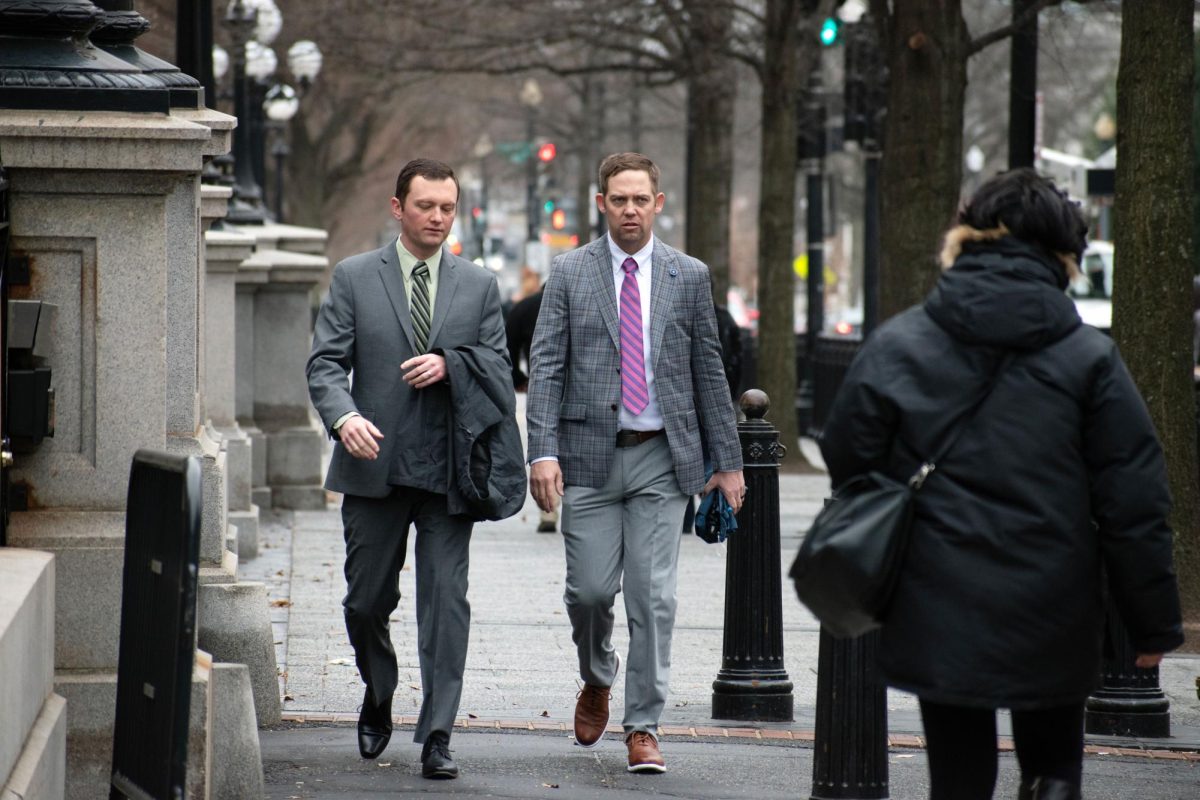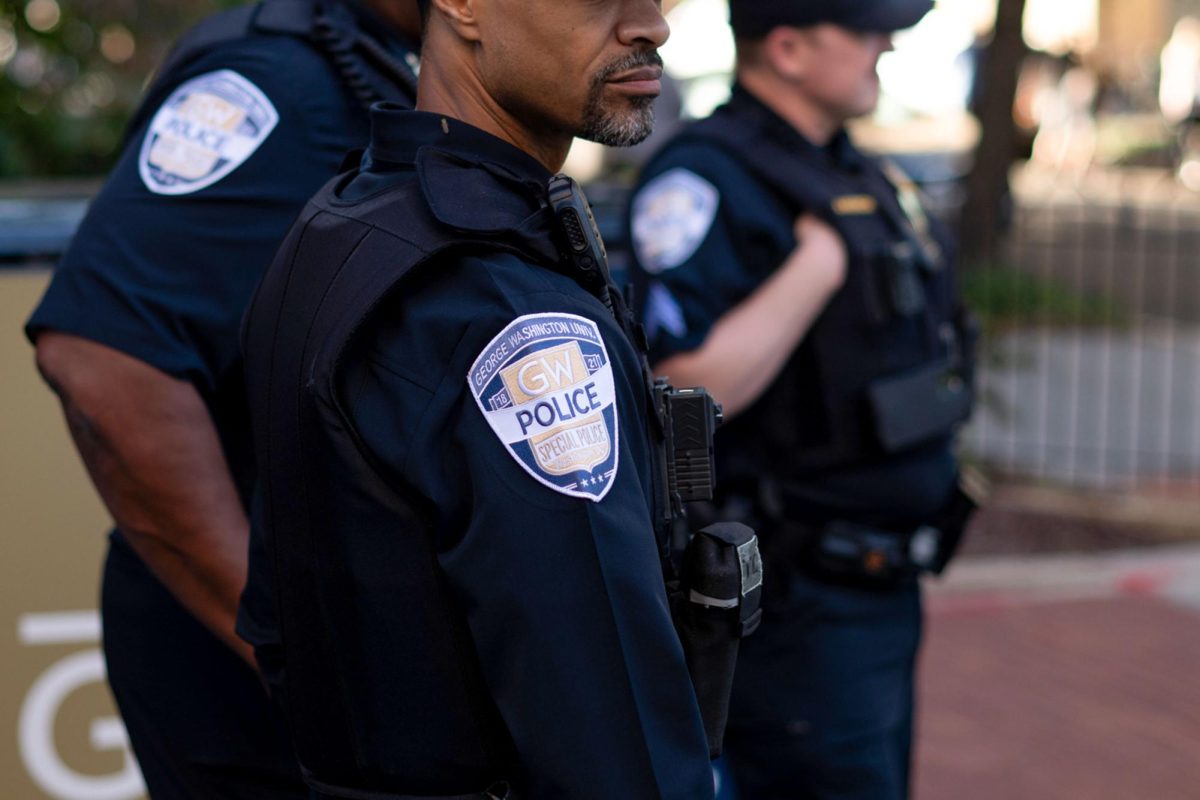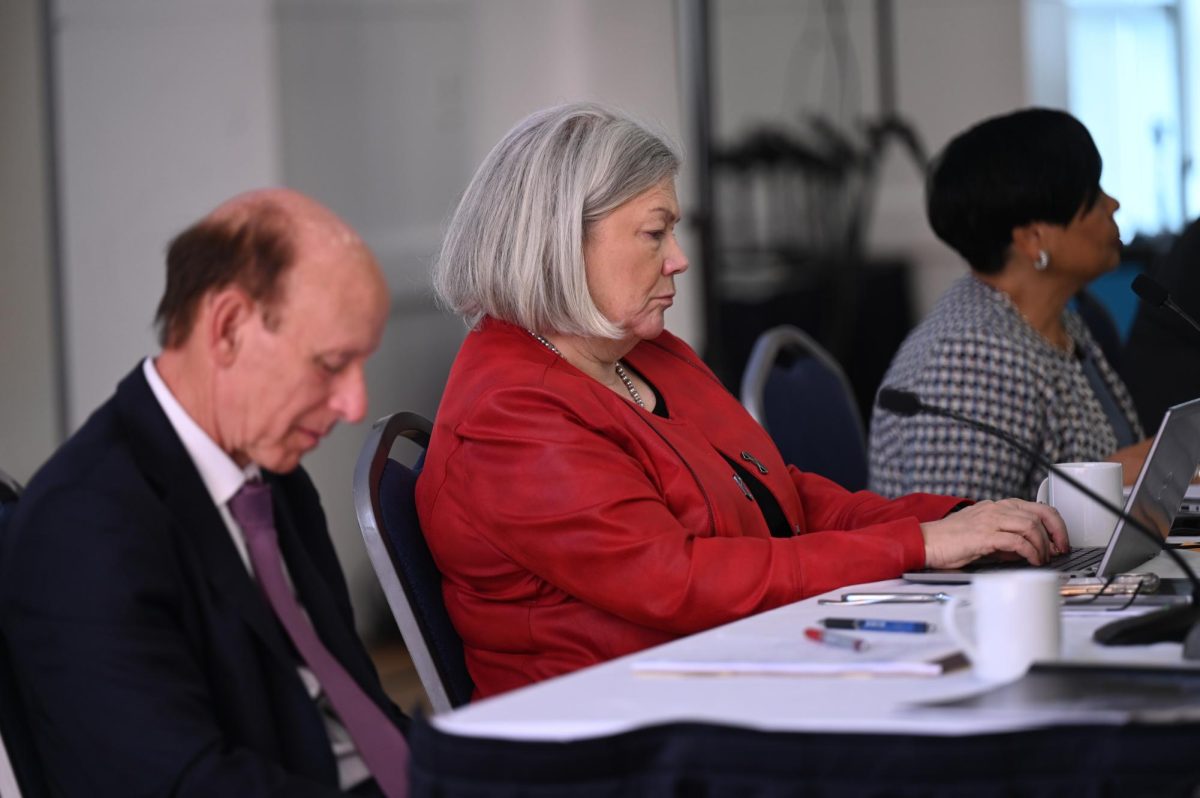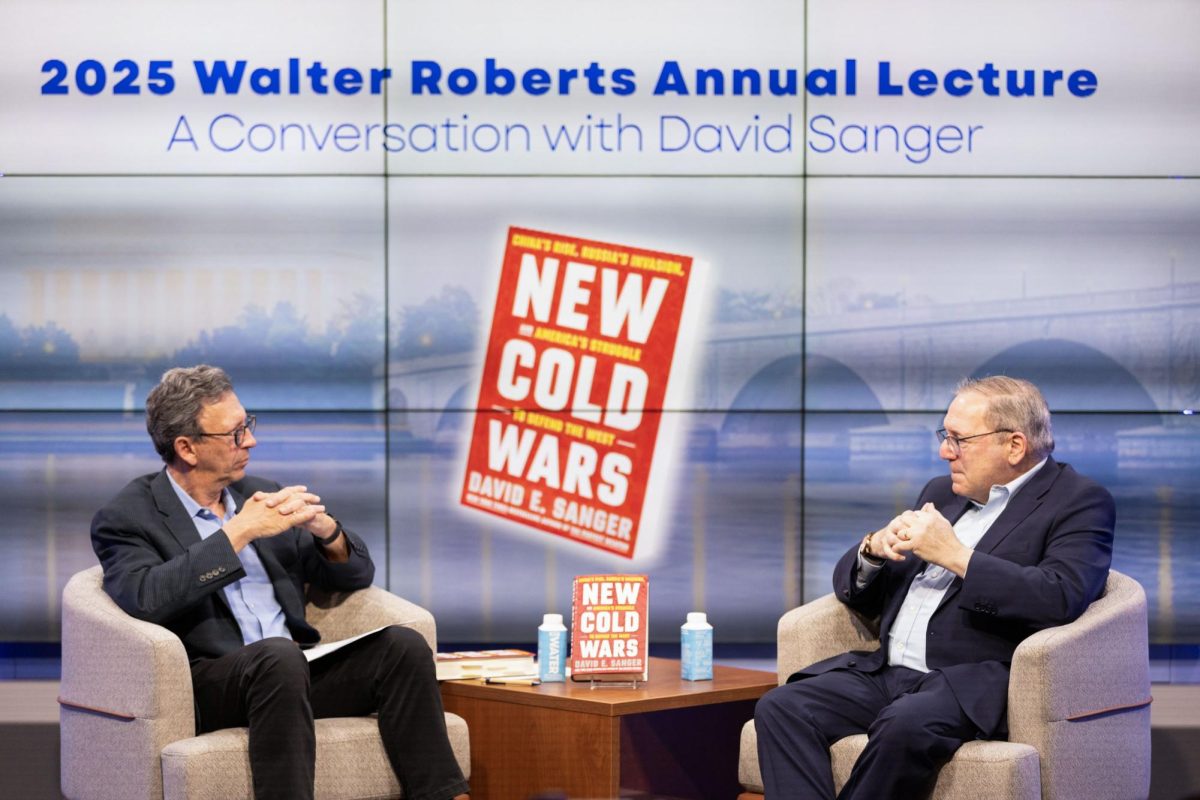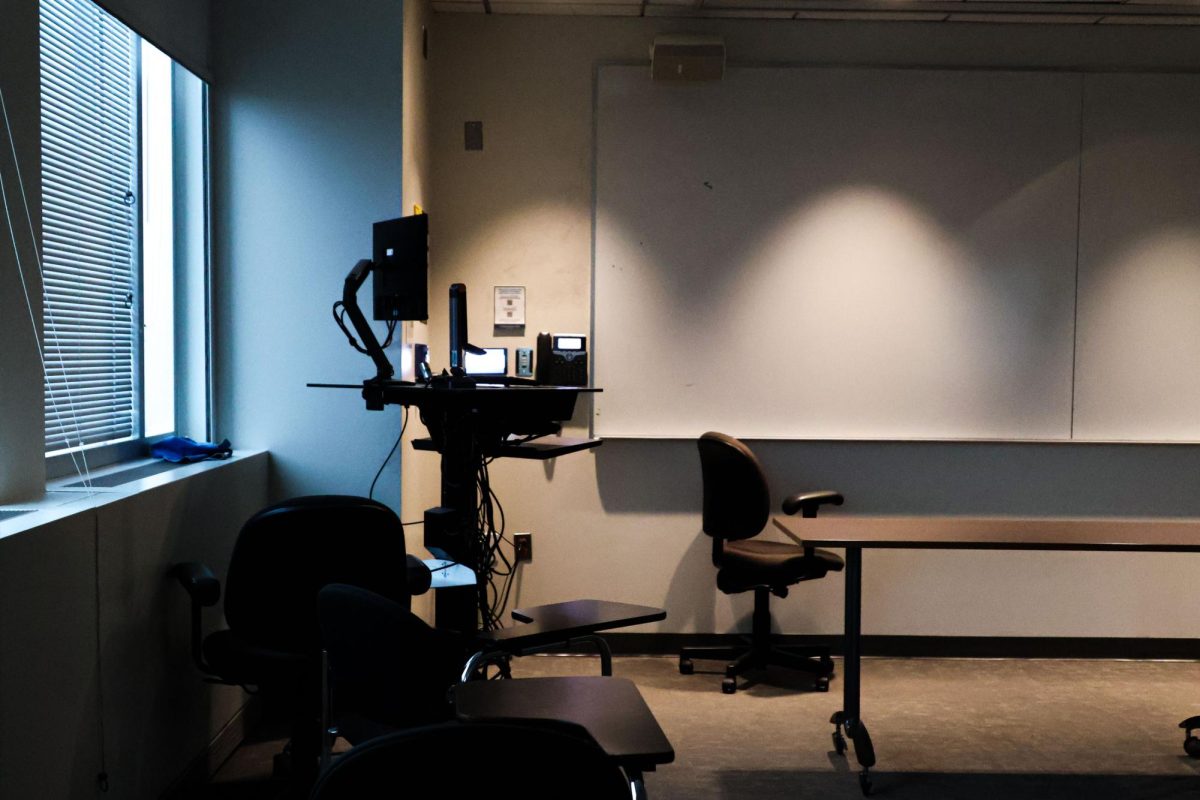Locals can now track how many passengers fill Metrobuses across D.C. to help practice social distancing during the COVID-19 pandemic.
The Washington Metropolitan Area Transit Authority released an online feature last week allowing travelers to access real-time bus crowding data, which indicates how many seats are available before they choose to board, according to a press release issued Wednesday. The data, displayed on WMATA’s bus tracker tool or third-party apps like Google Maps, describe whether a bus is full or contains either “few” or “many” available seats, the release states.
“Metro is doing our part to help Metro customers feel safe when traveling, and we’re proud to release this new tool to help customers make more informed travel decisions,” Metro General Manager and CEO Paul Wiedefeld said in the release. “Social distancing is a top concern as we all navigate this public health crisis, and we hope customers find this information valuable when deciding when to ride.”
The release states that the tool will count passengers entering and exiting the vehicle using sensors installed in bus doors.
Buses are reported as “full” when capacity exceeds 50 percent, buses reported as 25 to 49 percent full are marked as “few seats available,” and buses reported as less than 25 percent full are tagged as “many seats available,” the release states. Metrorail cars exceeding 33 percent capacity will be marked as full, cars between 20 and 32 percent occupied are reported to hold few available seats, and those with less than 20 percent occupancy will have many available seats.
The feature comes amid a sharp drop in Metro ridership during the pandemic, which has drained revenue and prompted oncoming service cuts. Recent data shows that Sunday’s Metrorail ridership was down 79 percent from the same time last year, compared to a 30 percent drop on Metrobus.
WMATA will also reinstitute its $2 bus fare Sunday in hopes of alleviating the financial strain of the pandemic.
Although new for D.C. area residents, the crowding data feature has been in place in other cities like Boston and New York for a greater portion of the pandemic, according to DCist.


